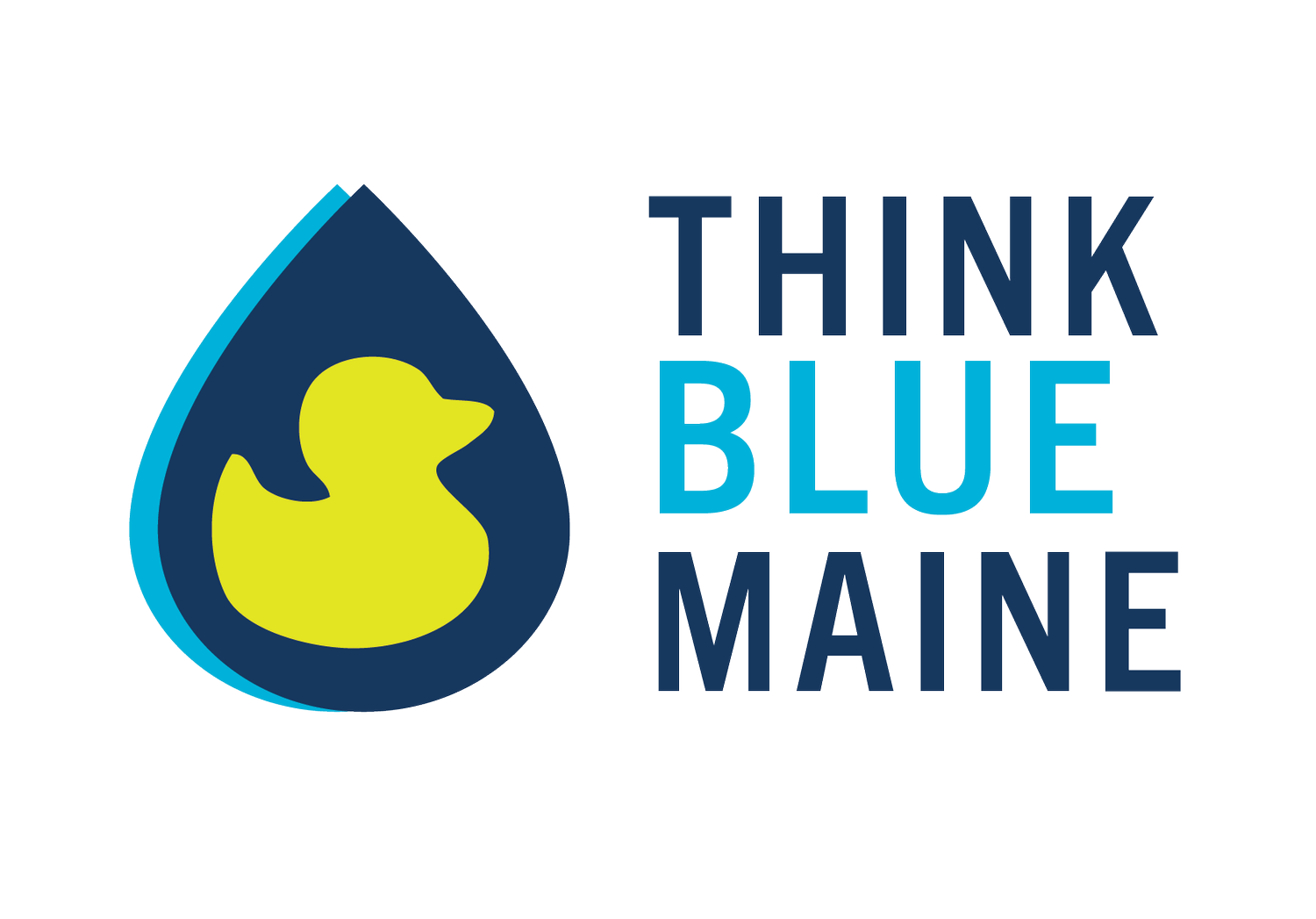Are storm drains and sewers the same?
No, in most instances, stormwater infrastructure and sewer infrastructure are separate. Stormwater infrastructure carries runoff directly to a ditch or body of water without being cleaned, filtered, or otherwise treated. Sewer infrastructure carries wastewater from inside buildings to a wastewater treatment plant.
Even small pollutants can be a big problem…
llicit discharges enter the stormwater network through direct (e.g., wastewater pipes either mistakenly or deliberately connected to stormwater pipes) or indirect connections (e.g., infiltration into stormwater pipes from nearby damaged or leaking wastewater pipes, spills collected by storm drains, or paint or used motor oil dumped directly into a storm drain). The result is untreated stormwater that contributes high levels of pollutants, including heavy metals; harmful chemicals; fats, oils, and grease; solvents; nutrients; and pathogens to receiving waterbodies.
These contaminants can be detected during routine outfall sampling but requires expensive and time intensive methods to try to trace back to the source. Oftentimes the cause of the source is long gone, making it difficult to prevent future illicit discharges.
Household Hazardous Waste Disposal
Household hazardous waste (HHW) refers to discarded household products that contain toxic, corrosive, flammable, or reactive ingredients. It is illegal to dispose of these materials in regular trash, down the drain, or into storm drains because they pose a threat to human health, animals, and the environment.
See your municipal website for more information on Household Hazardous Waste Days in your community.
Impacts on Water Quality
Impacts on water quality include severe water pollution, threatening human health and aquatic life through bacteria, toxins, and nutrient overload, causing algae blooms, fish kills, and contaminated drinking water. Discharges can also lead to flooding, clogged systems, habitat destruction, and costly cleanup for communities.
Sewer Cross Contamination
The stormwater system can have sewer cross contamination through direct connections (e.g., wastewater pipes either mistakenly or deliberately connected to stormwater pipes) and indirect connections (e.g., infiltration into stormwater pipes from nearby damaged or leaking wastewater pipes). This contamination can add harmful bacteria, household cleaners, and other chemicals to stormwater while it travels underground to nearby waterbodies.
This contamination can be detected through routine outfall sampling but requires expensive and time intensive methods to try to trace back to the source. Direct connections often happen on private property and indirect connections require the repair, lining, or replacement of wastewater and/or stormwater pipes.
Combined sewer systems, or infrastructure that collects both stormwater and sewer and sends it to a wastewater treatment facility, are being phased out of municipalities since they add extra costs and stress to the wastewater system. To be safe, all storm drains should be treated as if they will drain directly to a ditch or water body to keep our waters clean and healthy!
Combined sewer overflows (CSO) owned by municipalities and sewer districts are required by the USEPA Clean Water Act and Maine state laws to be licensed and have abatement programs. The CSO program is separate from the municipal separate storm sewer system (MS4) permit program.



